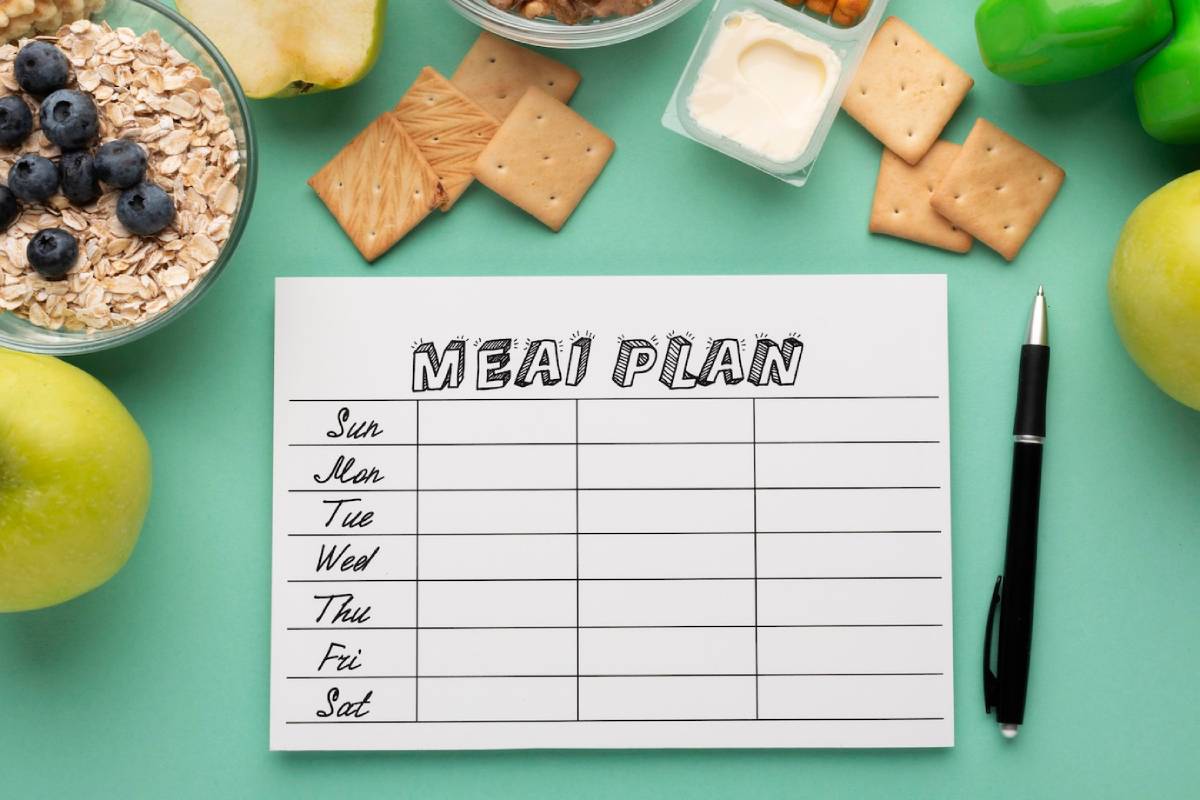
How to Create Weekly Meal Plans for Dogs
If you’re committed to feeding your dog a homemade diet, you’re not alone. More pet owners are moving away from commercial kibble in favour of fresh, homemade meals — and for good reason. But as with any healthy habit, consistency is key. That’s where a weekly dog meal plan comes in.
Planning meals in advance ensures your dog receives balanced nutrition daily. It reduces stress, saves time during the week, and helps you stay organised with ingredients and portions. Plus, it makes feeding feel less like a chore and more like an act of love.
This guide breaks down everything you need to know about creating a homemade dog food schedule — from nutritional basics to time-saving prep tips and expert advice.
Understanding the Core: What Makes a Meal Plan ‘Balanced’?
Before you can start scheduling meals, it’s crucial to understand what your dog actually needs.
The Essentials of Dog Nutrition
According to the World Small Animal Veterinary Association (WSAVA), a complete canine diet includes:
- Protein (animal-based is best)
- Fats (for energy and healthy skin)
- Carbohydrates (optional but helpful for fibre and energy)
- Vitamins and Minerals (critical for overall health)
- Water (always available)
Tailoring the Plan to Your Dog
Each dog is unique, and factors like age, breed, weight, and activity level matter. A high-energy Border Collie will need very different meals from a senior Pug. If you’re unsure, speak with a vet or canine nutritionist before starting your dog meal prep routine.
Quick-Guide: Weekly Meal Planning Essentials
Here’s a handy checklist to keep in mind as you build your weekly plan:
- Balance protein, fats, and carbs
- Include variety over the week
- Prep in bulk and portion out
- Track your dog’s weight and energy
- Store meals safely (fridge or freezer)
- Consult a vet for supplements if needed
Step-by-Step: How to Plan and Prep Your Dog’s Weekly Meals
Step 1: Know Your Dog’s Daily Caloric Needs

Use your dog’s weight, age, and activity level to estimate daily caloric needs. There are calculators online, or your vet can help.
For example:
- A 20kg active adult dog may need about 1,000–1,200 kcal/day
Step 2: Choose Your Proteins
Pick 2–3 protein sources to rotate through the week:
- Chicken
- Turkey
- Lean beef
- Salmon or sardines (twice weekly for omega-3s)
- Eggs (1–2 times/week)
Pro Tip: Always cook proteins unless advised otherwise by your vet. Raw diets require extra care and expertise.
Step 3: Add Vegetables and Carbs
Include safe veggies for fibre and nutrients:
- Carrots
- Green beans
- Spinach
- Sweet potatoes
- Pumpkin (plain, cooked)
Carbs are optional but helpful for energy and bulk:
- Brown rice
- Quinoa
- Rolled oats
Step 4: Include Healthy Fats
Fats should make up 10–15% of the meal:
- Olive oil
- Coconut oil
- Fish oil
Important Tip: Don’t go overboard with oils — a teaspoon per meal is usually plenty.
Step 5: Don’t Skip Supplements

Even with fresh ingredients, homemade meals often lack:
- Calcium (add crushed eggshells or canine calcium powder)
- Vitamin E and B complex (available as vet-approved supplements)
- Omega-3s (via fish oil or flaxseed oil)
Important Tip: Use a canine multivitamin formulated for homemade diets.
Step 6: Plan the Week
Create a spreadsheet or jot it down in a notebook:
Day Protein Veggies Carbs Extras
Monday: Chicken Carrot, spinach Brown rice Fish oil
Tuesday: Beef Green beans Oats Calcium powder
Wednesday: Eggs, sardines Pumpkin Quinoa Multivitamin … … … … …
Best Practices & Additional Insights
Batch Cooking = Time Saver
Prepare meals in bulk once or twice a week and store:
- 3 days’ worth in the fridge
- The rest in the freezer (up to 3 months)
Use freezer-safe containers and label each with the date and contents.
Monitor and Adjust
Watch how your dog responds:
- Gaining weight? Reduce portions slightly
- Low energy? Add more calories or protein
- Digestive issues? Adjust fibre or check for intolerances
Use a Slow Feeder or Lick Mat
These encourage slower eating, aid digestion, and turn mealtime into mental enrichment.
FAQS: Common Questions About Weekly Dog Meal Planning
How do I transition from kibble to homemade?
Do it gradually over 7–10 days and make a plan. Watch for signs of digestive upset.
Can I reuse recipes each week?
Yes, but rotate ingredients every 2–3 weeks to ensure variety in nutrients. Too much of one food (like liver or fish) can cause imbalances.
What if I work long hours?
Prep and portion meals on the weekend. Freeze in daily containers, defrost the night before.
Wrapping It Up: Your Dog’s Health Starts with Your Plan
Creating a weekly dog meal plan might feel overwhelming at first, but like any routine, it gets easier with practice. Plus, the benefits for your dog’s health, energy, coat, and longevity are well worth the effort.
Remember, homemade doesn’t mean guesswork. Use a variety of ingredients, prep safely, and speak with a vet or nutritionist when in doubt. The result? A well-fed, happy pup with peace of mind for you.
Ready to start planning? Share this guide with fellow dog lovers, drop a question in the comments, or bookmark it for your next meal prep day.


